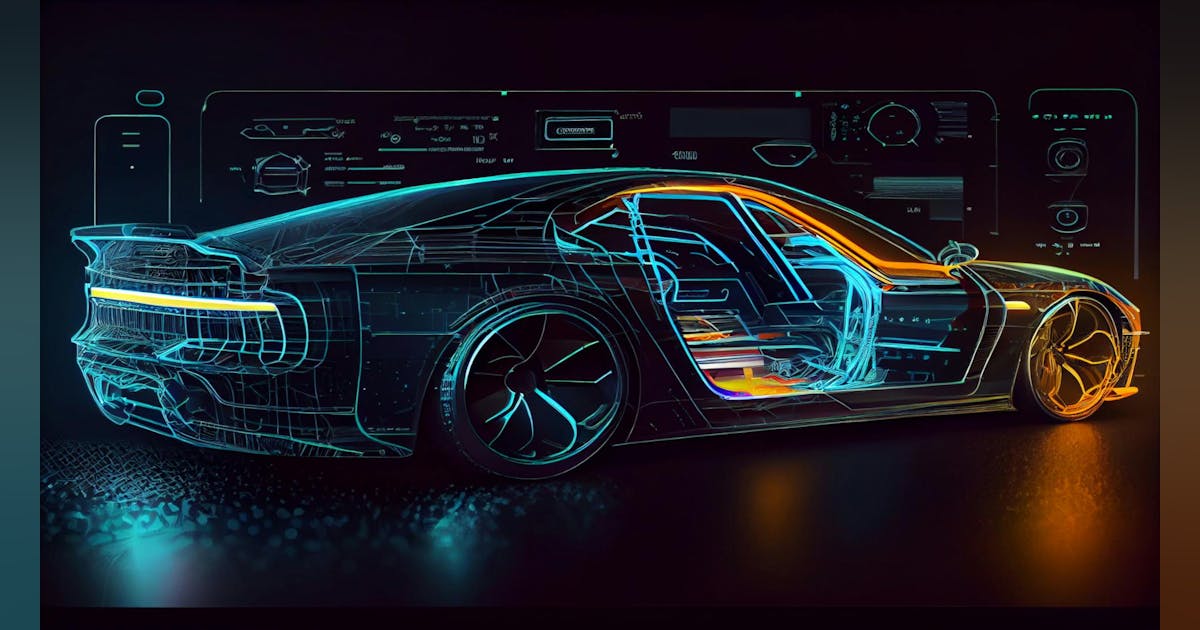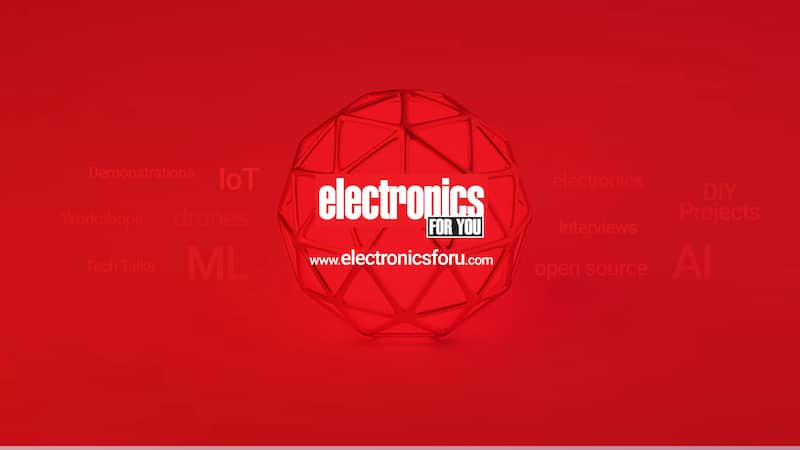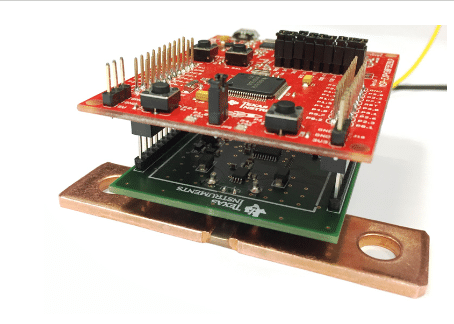Benefits of Ethernet at the Edge
Ethernet at the edge eliminates the need for protocol conversion and gateways, resulting in more features and a more secure network. The 10BASE-T1S specification was published in February 2020. Not only does it reduce software development and qualification tasks by moving software from edge nodes to central processing units, the spec contributes to revenue strategy by providing intelligent connectivity via OTA.
Furthermore, E2B with 10BASE-T1S multidrop simplifies connections and reduces BOM, maintenance, and validation. Plus, lower cable harness complexity and weight (the cable harness used today can weigh up to 60 kg) improve fuel efficiency.
E2B nodes are optimized flexible, hardware-based, 10BASE-T1S Ethernet edge nodes, well-suited for Ethernet connection to edge sensors and actuators. E2B is said to fit seamlessly into the overall larger Ethernet architecture and can be used on the same bus as other 10BASE-T1S-compliant products.
In a statement, the BMW group said, “While working alongside ADI on 10BASE-T1S E2B, we joined efforts on a number of key considerations, from simplifying implementation to cost analysis and design support. The relationship with ADI has enabled us to move more quickly to market with a solution of a zonal architecture for software-defined vehicles.”
In-cabin experience continues to be a critical focus for automakers, with driver and passenger expectations becoming more refined. This is especially true of the ambient lighting within the vehicle. However, many of today’s lighting solutions are complex to implement, use legacy technologies, and are difficult to scale and update as the number of supported LEDs increases.
By leveraging the 10BASE-T1S with E2B technology, OEMs can provide an improved customer experience while also synchronizing lighting with other applications in the vehicle. Fully enabling a software-defined lighting system provides greater flexibility, ease of upgrade, and ease of use.
ADI’s physical-layer portfolio of Ethernet to Edge Bus (E2B) 10BASE-T1S transceivers are designed to support various vehicle applications, enabling highly optimized system designs in zonal architectures. Its 10BASE-T1S MACPHY and 10BASE-T1S E2B devices are IEEE 802.3 10BASE-T1S-compliant Ethernet products that support both point-to-point and multidrop implementations.
An OPEN Automotive Ethernet Ecosystem
The 10BASE-T1S MACPHY devices are IEEE 802.3 10BASE-T1S-compliant Ethernet PHY product with integrated MAC. They have a range of features and enable direct connectivity with a variety of host controllers via the OPEN (One-Pair Ether-Net) Alliance SPI (OASPI) interface.
“We continue to deeply engage with the BMW Group to understand their next-generation needs and bring further optimized products to aid next-generation architectures, as well as bring continued cooperation on standardization,” said Yasmine King, Vice President, Automotive Cabin Experience at ADI.
This approach to edge connectivity is said to be so sought after that the automotive industry inside the OPEN Alliance (a non-profit, open industry alliance of automotive industry and technology providers collaborating to encourage wide scale adoption of Ethernet-based networks) is now aiming to standardize a similar solution.
‘’ADI, along with the BMW Group and other companies, are actively working with the industry to create an Open Standard implementation,” noted King.
Read more articles in the TechXchange: Single-Pair Ethernet.






